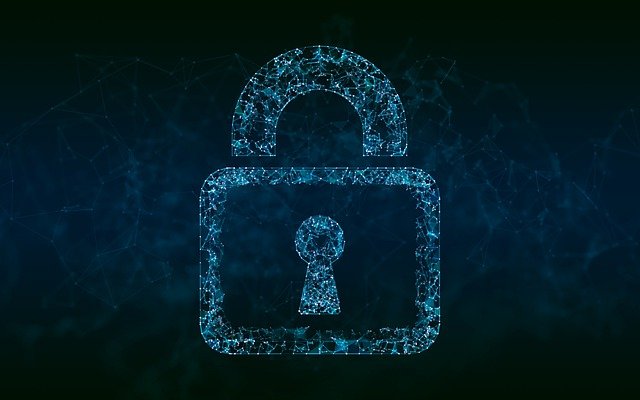The phrase “DeepFake” has developed as a looming threat on the whole belief system of individuals.
DeepFake scams combine manipulation and AI in a nefarious way that could fool even the most astute observer.
What are DeepFakes?
Advanced AI/ML methods produce DeepFakes. The phrase is a mashup of the terms deep learning and fake, denoting that deep neural networks are where they have their roots.
DeepFake technology makes it possible to produce multimedia content, especially movies and audio recordings. These are beyond convincing but wholly fake.
These dishonest inventions can give the impression that people are saying or acting in ways they never did, with severe repercussions in various situations.
How do DeepFake Scams Work?
Data Collection
The procedure starts with collecting substantial data on the targeted subject. This could be images, videos, and audio files taken from publicly accessible content on social media platforms.
Deep Learning Algorithms
Once the data is gathered, powerful deep learning algorithms, particularly generative adversarial networks (GANs), are utilized to evaluate and alter it. These algorithms have been conditioned to recognize and imitate the target’s facial expressions, voice, and body language.
Content Creation
With the correct data and algorithms, the con artist can create fake audio or video content that mimics the target’s appearance and voice. This content is intended to trick viewers into thinking it’s real.
Dissemination
Post making the DeepFake, con artists use social media, messaging apps, or even email to spread it. They might imitate the target, disseminate false info, or sway public opinion using the DeepFake.
Forms of DeepFake Scams
Impersonation
Scammers utilize DeepFakes to pass as well-known people, such as politicians or business executives, to disseminate rumours or sway public opinion.
Fraud
DeepFakes can be used in financial schemes where scammers pose as people to obtain private data, carry out nefarious activities, or trick people into sending money.
Revenge Porn
With DeepFakes, malicious actors can produce pornographic content that features unwitting subjects, which they can use as leverage for extortion or humiliation.
Fake News & Misinformation
DeepFakes can be used to construct speeches or misleading news reports, feeding the fire of misinformation, and weakening confidence in the media and public dialogue.
Identity Theft
Criminals may employ DeepFakes to steal people’s identities to access their accounts and personal info. It could be misused to conduct crimes in their names.
Consequences of DeepFake Scams
The effects of DeepFake scams can be far-reaching and devastating:
Reputational Damage
DeepFake fraud victims experience irreversible reputational damage on both a personal and professional level. It can be hard to persuade the public that a DeepFake is fake once it has been shared.
Financial Loss
DeepFake frauds can cause individuals and organizations to suffer significant financial losses. It also includes legal costs, losses from fraudulent activities, and damage control expenses.
Erosion of Trust
DeepFakes undermine public confidence in the integrity of multimedia material by making it harder to distinguish between real and fake. It significantly affects the public’s confidence in the reliability of news sources.
Emotional & Psychological Toll
Due to the invasion of their privacy and the possible danger posed by the misleading content, DeepFake scam victims feel emotional discomfort, worry, and trauma.
Combating DeepFake Scams
Detection Technology
Invest in cutting-edge detection tools and algorithms to recognize DeepFake content and prevent its spread.
Education and Cyber Awareness
Raise public awareness of the existence of DeepFakes. This will create the necessity of critically evaluating the integrity of multimedia material.
Legislation and Regulation
Governments can enact legislation to counter the production and transmission of DeepFakes, making offenders responsible for their activities.
Cybersecurity Measures
To safeguard sensitive data and stop unwanted access, put strong cybersecurity measures into place.
Media Literacy
Encourage media literacy to assist people in recognizing accurate content from distorted ones.
Verification Protocols
Create verification protocols for private communications or transactions to validate the parties’ legitimacy.
Conclusion
False info spread with unprecedented ease, hence DeepFake schemes provide a severe problem. It is impossible to overstate the danger these frauds pose to people, businesses, and society.
To counter the threat of DeepFake scams and protect the integrity of multimedia material, awareness, alertness, and implementing advanced technological solutions are essential.
Reach out to SNS India – Trusted Security Partner for implementing the Best Cybersecurity Solutions. Also, we conduct Cybersecurity Awareness Training Workshops for Corporates. To know more, please write email to [email protected]
Swathi
Author
Working IT professional and a Cyber Security enthusiast. Passionate to write about Cyber Security topics and Solutions. I share my insights as I study articles and trending topics in the field of Cyber Security.
![]()




